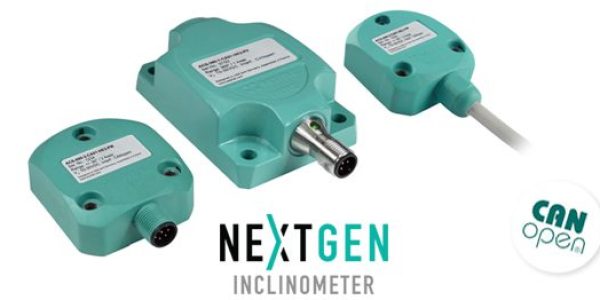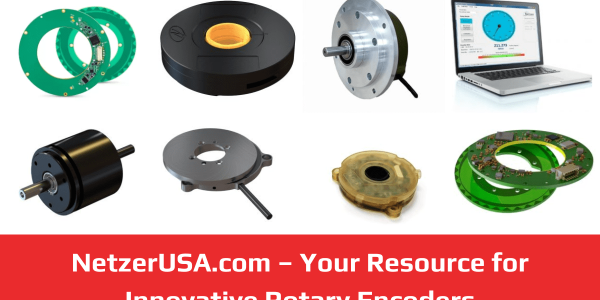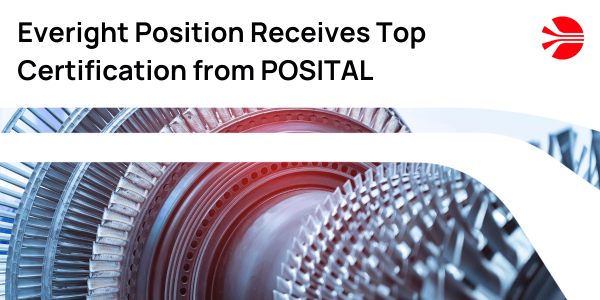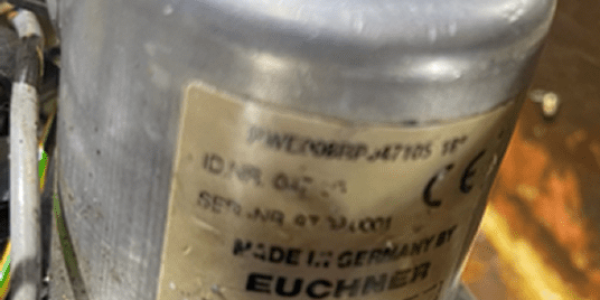Enhancing Precision in Liquid Level Measurement with GS Liquid Level Software
Introduction
In the critical field of liquid level measurement, accuracy is a must, especially when monitoring parameters like emulsion layers and specific gravity. The GS Liquid Level software, designed to work seamlessly with Gill Liquid Level Sensors, is a revolutionary tool for engineers and system integrators. This liquid level sensor interface is adept at handling various liquids, including challenging scenarios involving oil and water interfaces.
Detailed Overview of GS Liquid Level Software
The GS Liquid Level software excels in its compatibility with Gill Liquid Level Sensors, offering a robust liquid level sensor interface. It’s tailored for ease of use, allowing users to adjust sensor settings for different applications, including the precise measurement of interface levels in mixtures like oil and water.
Advanced Functionalities
Standard liquid level sensors often fall short in providing detailed data like the interface level or detecting emulsion layers. The GS Liquid Level software addresses these gaps with advanced functionalities. It enables users to define ’empty’ and ‘full’ based on the sensor’s length and the specific gravity of the liquids involved, enhancing the sensor’s communication with control systems.
Practical Applications in Various Industries
The GS Liquid Level software finds its applications in:
- Defense: For accurate radar and satellite systems.
- Robotics and Surgery: Where precision directly impacts outcomes.
- Industrial Automation and Manufacturing: Adapting to the needs of Industry 4.0 with smart technology.
- Everight serves as a vital resource, aiding these industries in navigating the complexities of modern liquid level measurement.
User Experience and Ease of Use
Beyond its technical prowess, the GS software is designed for user-friendliness. It simplifies tasks like setting up alarms for low liquid levels or automating processes based on the liquid level, making it accessible even for those not specialized in using rotary encoders.
Integration with Modern Technologies
In an era of rapid technological advancement, the GS Liquid Level software stays ahead by integrating seamlessly with current trends in mechatronics and automation engineering, proving indispensable for control engineers.
Tutorial and Resources
To enhance your experience with the GS Liquid Level software, we have embedded a comprehensive video tutorial right here on this page. This tutorial provides an easy-to-follow guide on optimizing your Gill sensors using the software. We also offer additional resources on our website for those looking to explore further.
Conclusion
The GS Liquid Level software is an essential tool across diverse sectors, offering unmatched precision and adaptability in liquid level measurement. It’s particularly effective in applications involving complex liquids like oil and water, providing clarity in interface level measurement and handling emulsion layers with ease. We encourage you to experience the benefits of this advanced liquid level sensor interface. For more information or to address any specific queries, feel free to contact us.
Do you have questions about the GILL Liquid Level Software?
Reach out to Everright, we are excited to help you with configuration requests or to just better optimize your software to your particular needs.





